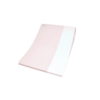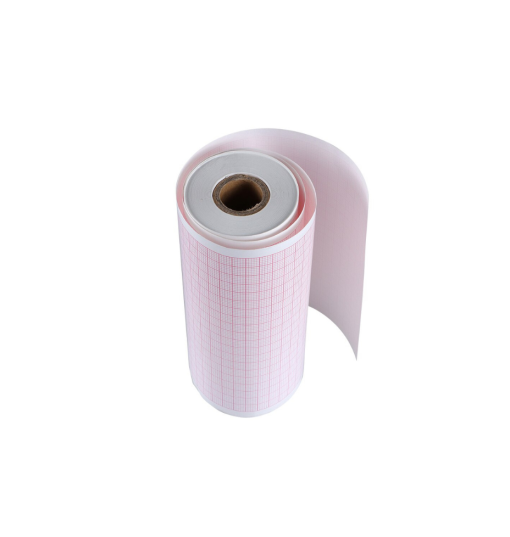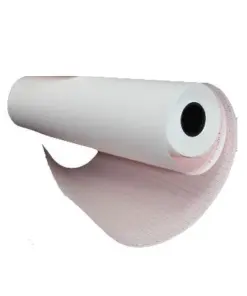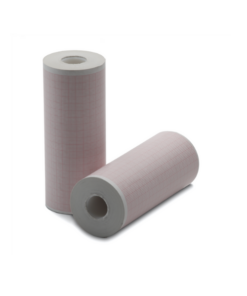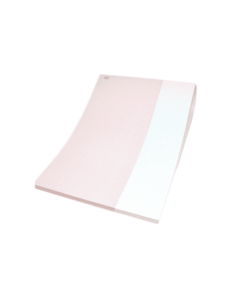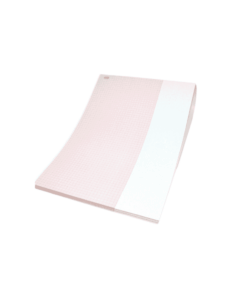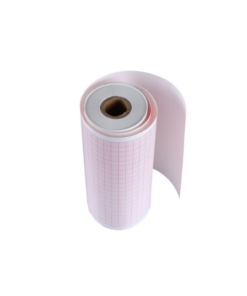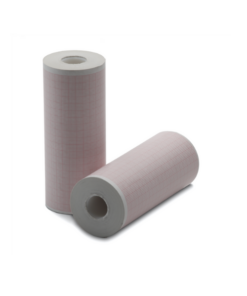Patient Monitor Cms6000 – Paper (50x30x16i*31*) Cms 7000/8000/9000
R26.00 Ex VAT
Patient Monitor Cms6000 – Paper (50x30x16i*31*) Cms 7000/8000/9000
SKU: DS1232
Category: Ecg Paper
Tag: Patient Monitor Cms6000 – Paper (50x30x16i*31*) Cms 7000/8000/9000
Patient Monitor Cms6000 – Paper (50x30x16i*31*) Cms 7000/8000/9000
Related products
R82.00 Ex VAT
R51.00 Ex VAT
Ecg Paper
R36.00 Ex VAT
Ecg Paper
R36.00 Ex VAT
R82.00 Ex VAT
R26.00 Ex VAT
Ecg Paper
R193.00 Ex VAT
R51.00 Ex VAT




